Affiliate links on Android Authority may earn us a commission. Learn more.
Samsung Galaxy Tab S3 review
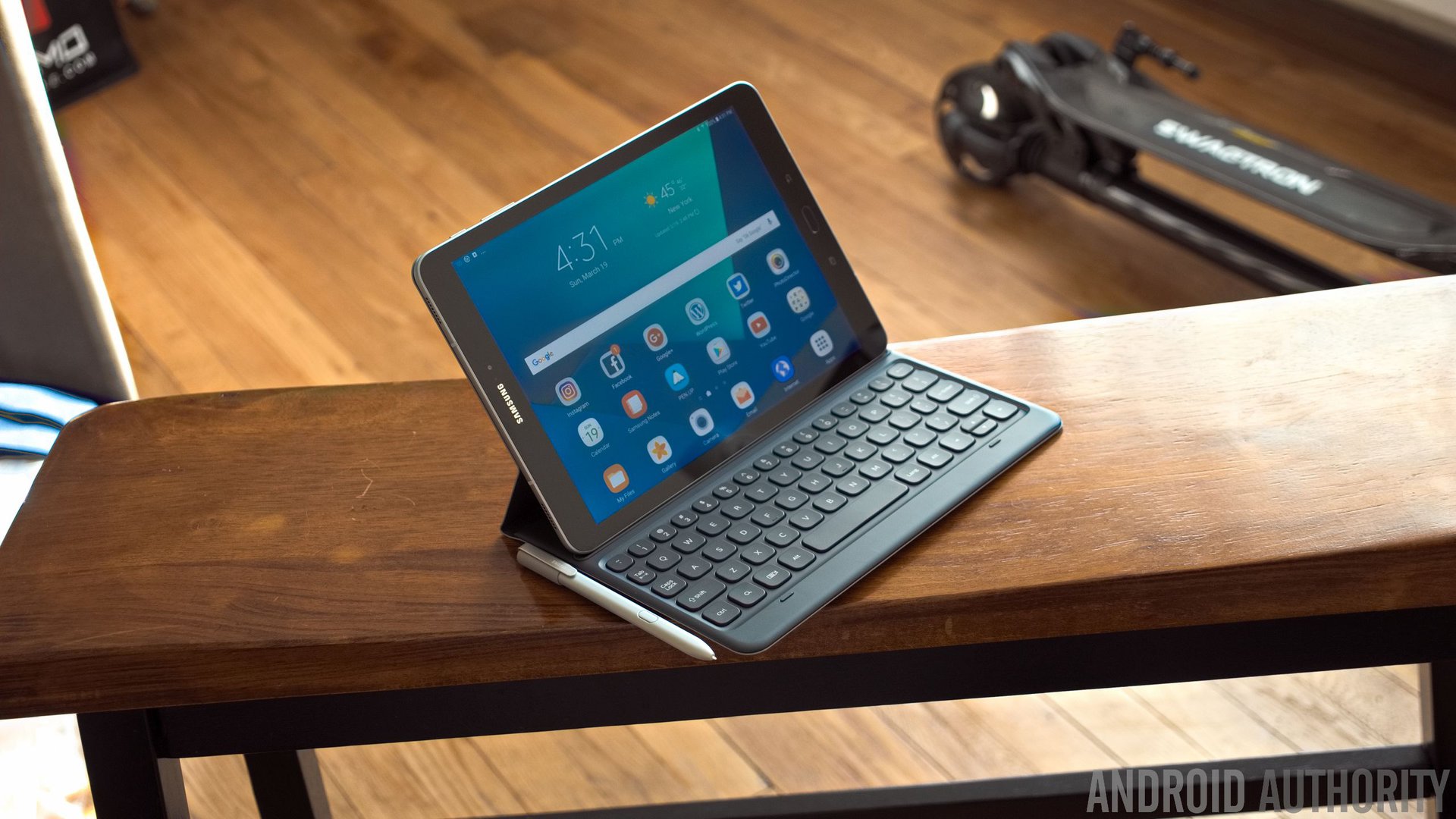
It’s been awhile since we last reviewed an Android tablet, especially ones that cross the $500 threshold. There’s a reason why the majority of Android tablets released in the last couple of years have been largely inexpensive ones, since consumers are finding it even more difficult than ever before to invest in high-spec’d Android tablets. And when you consider that dedicated tablets in general are a dying breed, it really makes you wonder more about their advantages.
- The best Android tablets
- Samsung Chromebook Pro review
- Samsung Galaxy Tab S4 review: This is not a laptop
Samsung just recently announced its latest convertible-styled Chromebooks, which now offer support for full blown Android apps – opening a gate that was once closed to them, so it’s especially intriguing how things have turned out. Now that by itself should make anyone question Samsung’s decision to launch its new Galaxy Tab S3, which comes almost two years after its predecessor. In that time, we’ve seen a radical shift in how consumers perceive tablets.
The Tab S3 is competing against other Windows 10 tablets and convertibles in the same price bracket, as well as these cheap Chromebooks and Apple’s iPad Pro tablets. So, do we really need another high-end Android tablet? Find out in our full Samsung Galaxy Tab S3 review!
Design
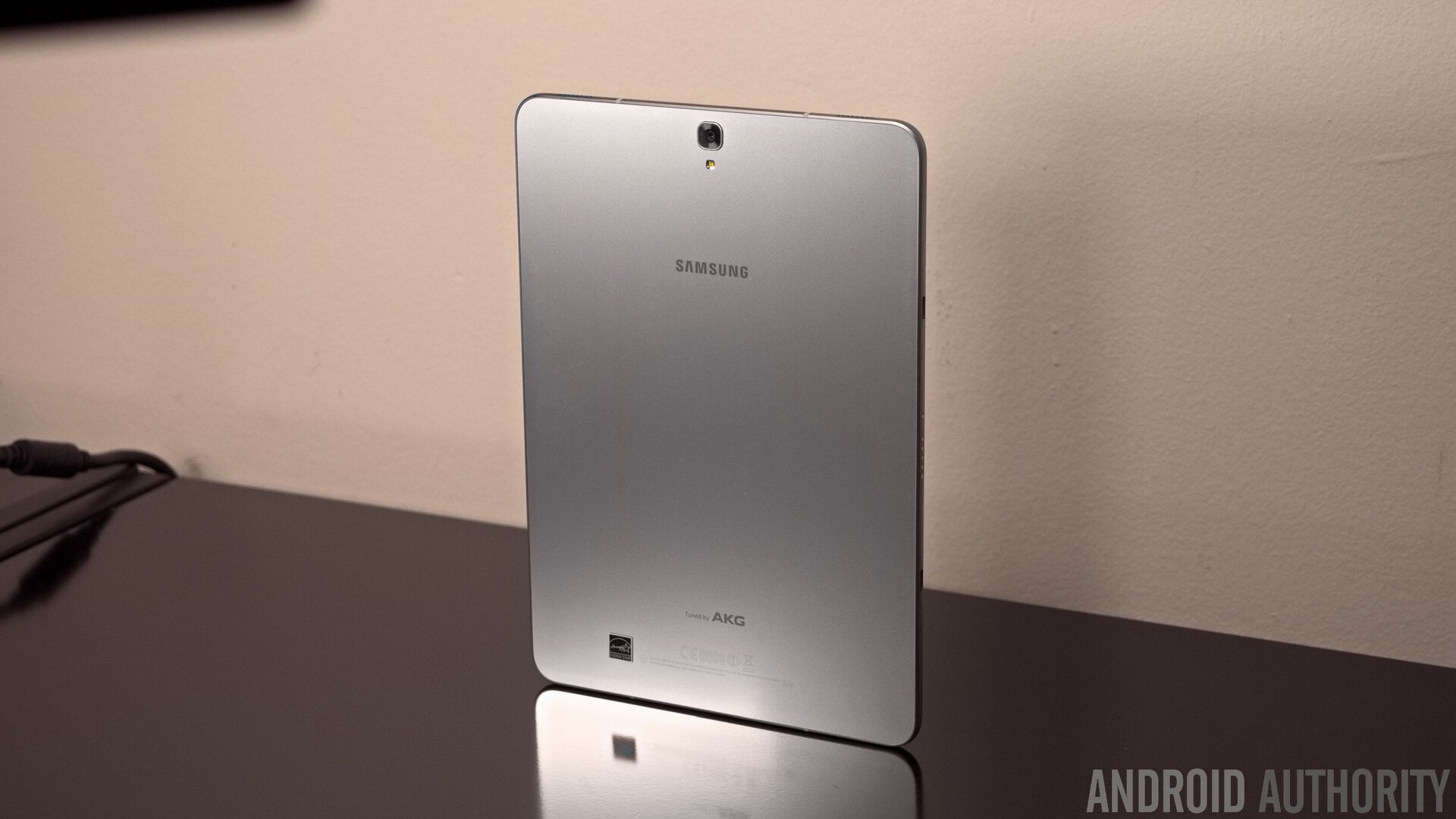
Drawing inspiration from its own Galaxy smartphones, Samsung has predictably outfitted the Galaxy Tab S3 with glass surfaces on the front and back – with an all-metal frame sandwiching everything together. There’s no denying the premium aspect in play here, one that’s further accentuated by its svelte chassis and lightweight feel. All of this, of course, helps to justify its more premium price point.
Since it’s glass, though, there’s a certain level of fragility with it, as well as being a magnet for smudges and fingerprints. When it’s clean, however, light bounces beautifully off its surface. It’s premium in every way imaginable, but just be careful using it – you don’t want it to accidentally slip. Glass meeting pavement is never a pretty sight afterwards.
Display
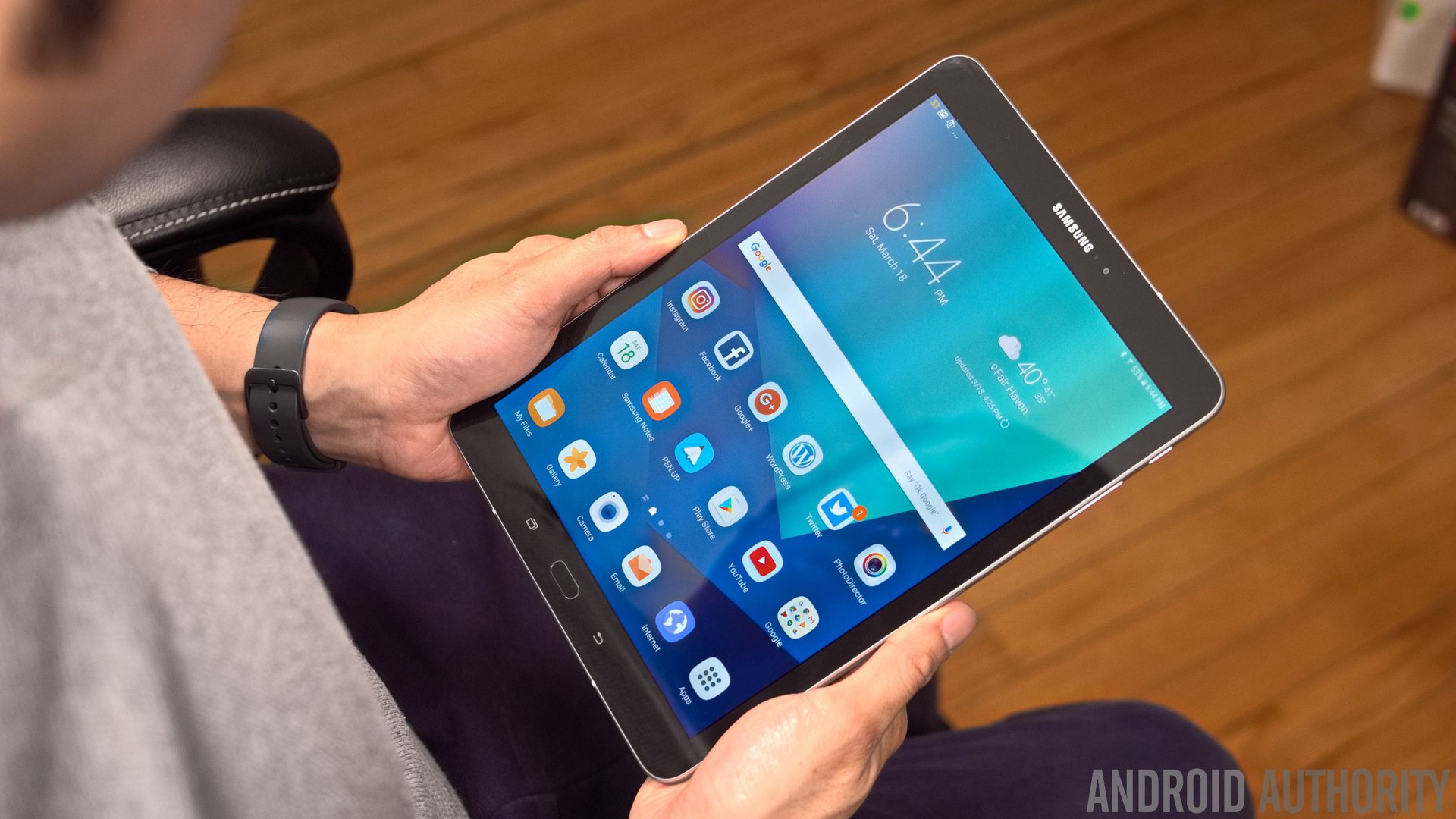
The Tab S3 has the same screen as its predecessor, but we’re certainly not complaining. It sports a 9.7-inch Super AMOLED display with a resolution of 2048 x 1536 pixels. It looks good, just as you’d expect, but many of the qualities have been improved over its predecessor. For starters, it’s significantly brighter with a peak brightness output of 465 nits, ensuring that clarity isn’t compromised when it’s used outdoors under direct light. And even though it’s extremely saturated in tone when it’s in adaptive mode, a common quality of AMOLED, switching to the basic display profile results in true-to-life, accurate color reproduction in the sRGB color gamut chart.
The biggest change to the display, however, is that it now features high dynamic range – that fancy HDR tech allows it to adjust details, contrast, and color saturation to give videos more of that cinematic vividness. From what we saw in our demo time during MWC 2017, it looked really great in how the contrast in the shadows were adjusted to draw out more details in the scene. However, it’s something you’ll witness with content produced in HDR – so existing videos without HDR won’t necessarily see improvements.
The quad speakers deliver crisp-sounding audio perfect for videos
That being said, there’s no arguing that the Tab S3 is remarkable for media consumption, since it’s been bred for that purpose. In complementing the HDR-enabled display, Samsung pairs the experience with quad speakers; two sets of speakers positioned on both edges of the tablet in landscape. They’re tuned by AKG by Harman, delivering crisp-sounding audio perfect for videos – giving it the necessary stereo effect. But despite reaching a top output of 75.4 dB, it doesn’t sound more potent than the speakers in the iPad Pro.
Performance
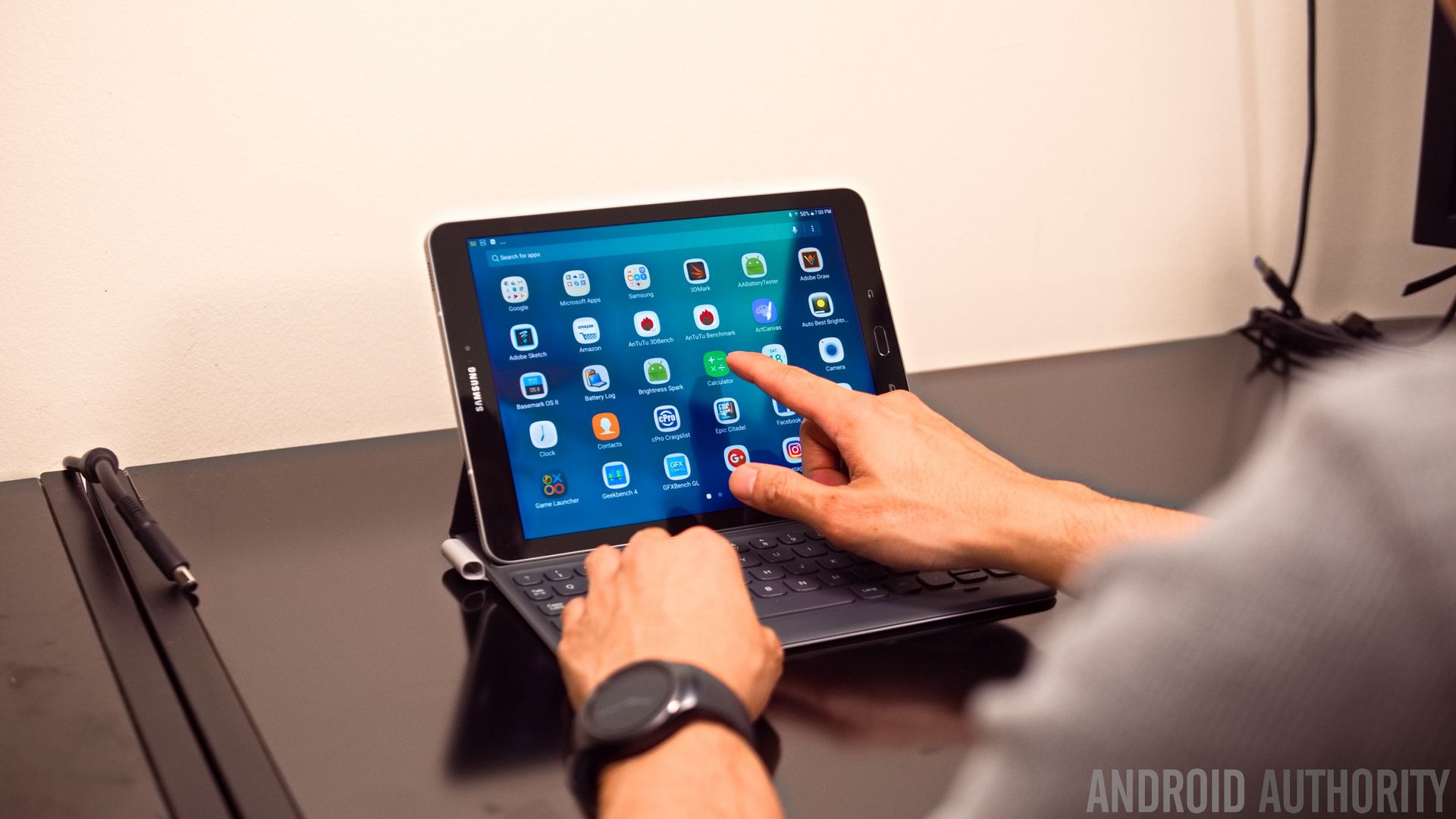
Clearly following after Samsung’s own Galaxy S7, the Tab S3 leverages the same quad-core Qualcomm Snapdragon 820 processor with 4 GB of RAM. Now, some eyebrows might be raised by that revelation, seeing that they’re probably expecting the newer Snapdragon 835 instead. But given that Sammy had ample time in the development stages to really optimize the Snapdragon 820, it doesn’t surprise us to see them use it here.

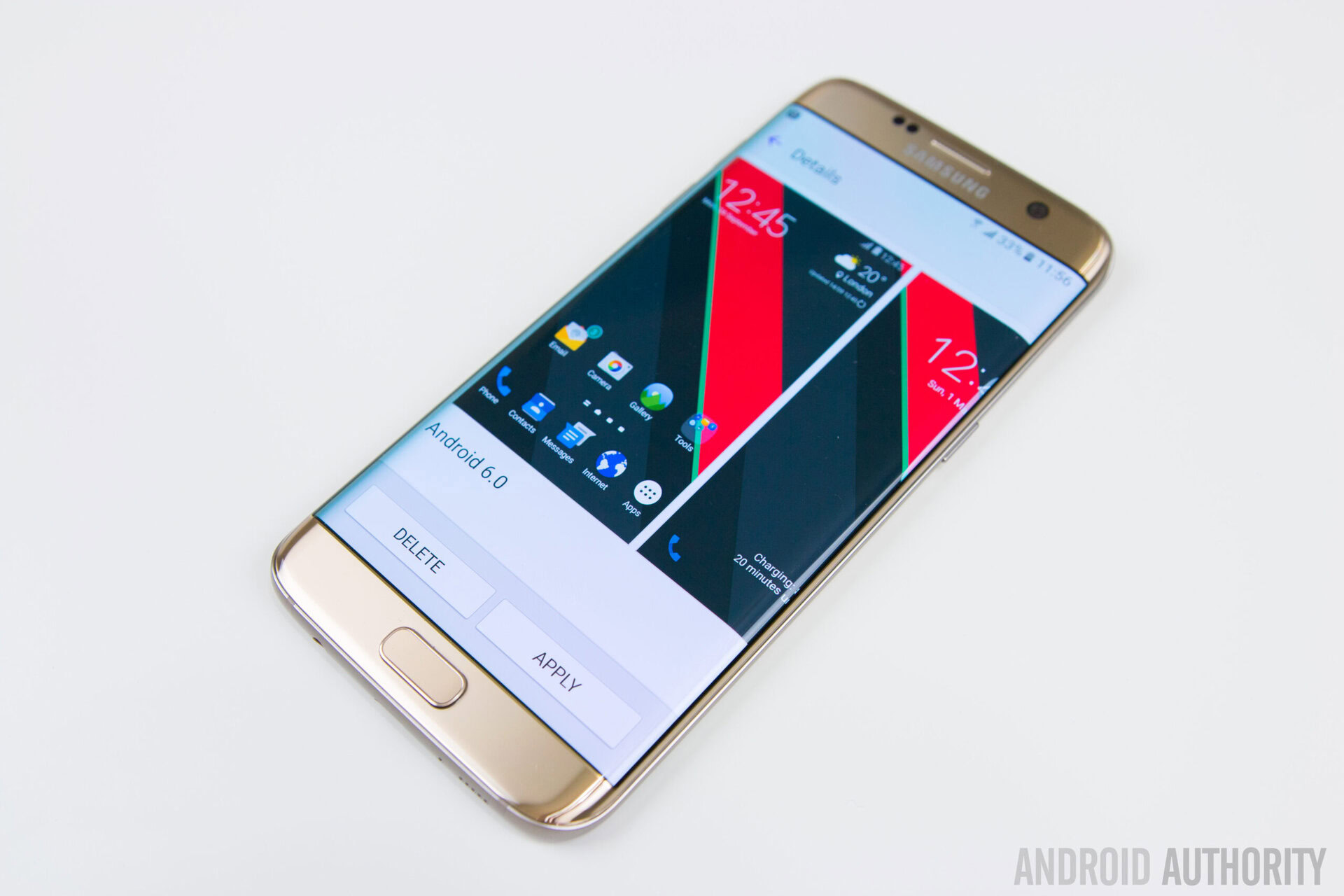
Indeed, the Tab S3 handles most of the basic functions of a tablet, but it still stumbles when trying to juggle around more processor-intensive stuff. We see it happen when using Nougat’s baked-in side-by-side multitasking, as there are still some instances when it freezes momentarily. Most actions result in fluid movements, like surfing the web or using the S Pen in a painting app, but there are still times when hiccups do occur with the performance. It’s not frequent, thankfully, but that does make us wonder if it’s the software that’s the culprit.
The benchmark tests reveal it’s very much a powerhouse, in the elite class as you’d expect, rivaling the scores achieved by today’s top-end smartphones. One area that Samsung places a lot of emphasis on is gaming, thanks in part to the Vulkan graphics API engine – allowing it to deliver a solid gaming experience. The emphasis on gaming is especially noticeable in Samsung’s Game Launcher, which dishes up tools that allow gamers to do things like record their footage; without impacting its graphics processing performance in the process.
Hardware
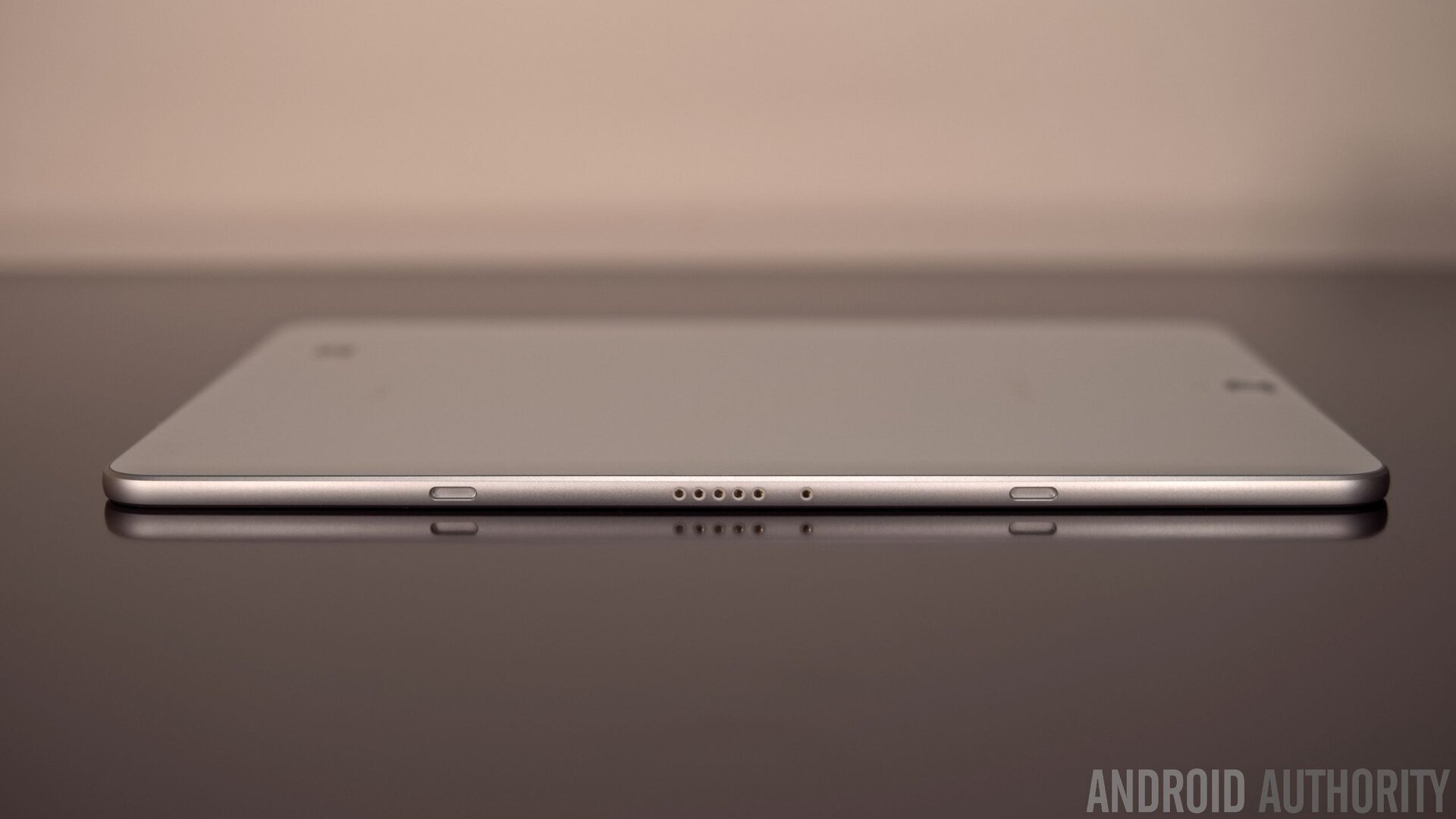
Aside from a few aesthetic changes to the design of the tablet, such as its quad speakers, everything else is pretty much in its usual position. Just like before, the power button and volume keys are located along the right edge of the tablet, along with the microSD card slot. Around the bottom, we have a 3.5 mm headphone jack with the newer USB Type-C connection port, which is positioned offset from the center.
Due to its skinny chassis, there’s no place to store the S Pen in the tablet when it’s not being used
Due to its skinny chassis, there’s no place to store the S Pen in the tablet when it’s not being used. That’s due to the thicker size of the S Pen itself, which gives it a more substantial feel when it’s held, but there’s not even a magnetic connection of some kind that could allow it to attach around the sides of the tablet. Honestly, we would’ve been happy with a skinnier S Pen, much like what was found with the Galaxy Note Pro 12.2 back in 2014 – where you can tuck the S Pen safely away.
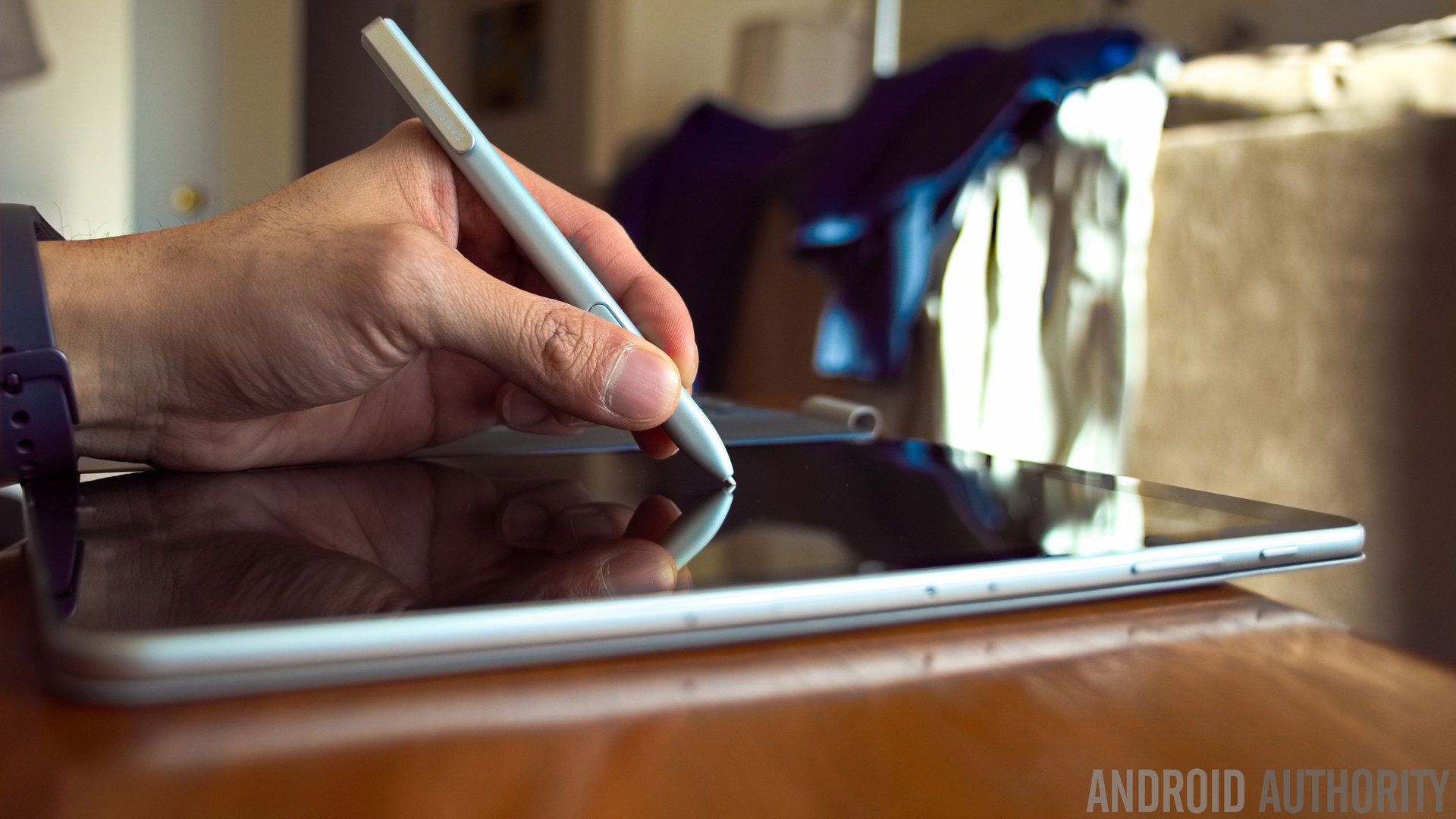
Speaking of the S Pen, we’re happy to see that it’s included with the purchase. In standard practice, this S Pen has been improved with even more pressure sensitivity, making it perfect for graphics artists and such, but there’s no palm rejection feature here. The features of the S Pen are familiar ones we’ve seen before, like screen off memo, screen write, smart select, translate, and much more. The tablet does come preloaded with some apps that leverage the S Pen, like Samsung Note, which has a sketching option that showcases the S Pen’s pressure sensitivity.
The S Pen’s integration isn’t a new concept, it’s something that has been done time-after-time, with most recently seeing it with Samsung’s new Chromebooks. Plus, competing tablets have also done the same, making the stylus a commonplace occurrence with tablets. While the S Pen definitely has its conveniences, like being given that paper-pen experience, it still begs the question of whether or not it adds any meaningful value to a broader range of users.
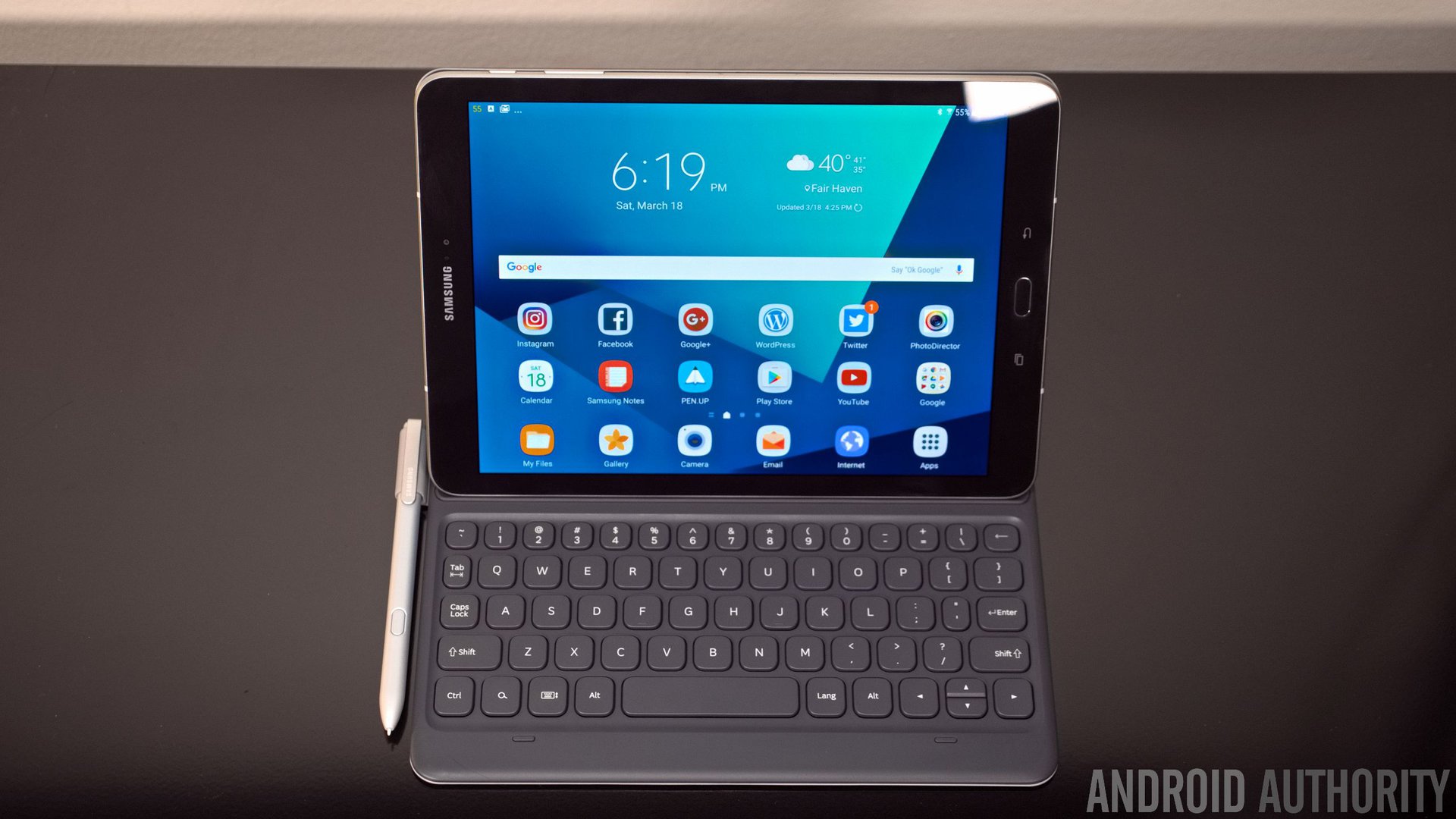
Finally, if you opt to pick up the optional Pogo keyboard, it doubles as a protective folio case that props the Tab S3 in landscape. While the spacing is a bit cramped, it does require some practice before you’re able to speed type comfortably – and without much pause along the way, too. Interestingly enough, it doesn’t require a power source because it draws juice from the tablet itself through the pin connectors. However, the magnetic connection that props the tablet only offers a single angle to view the tablet.
Battery
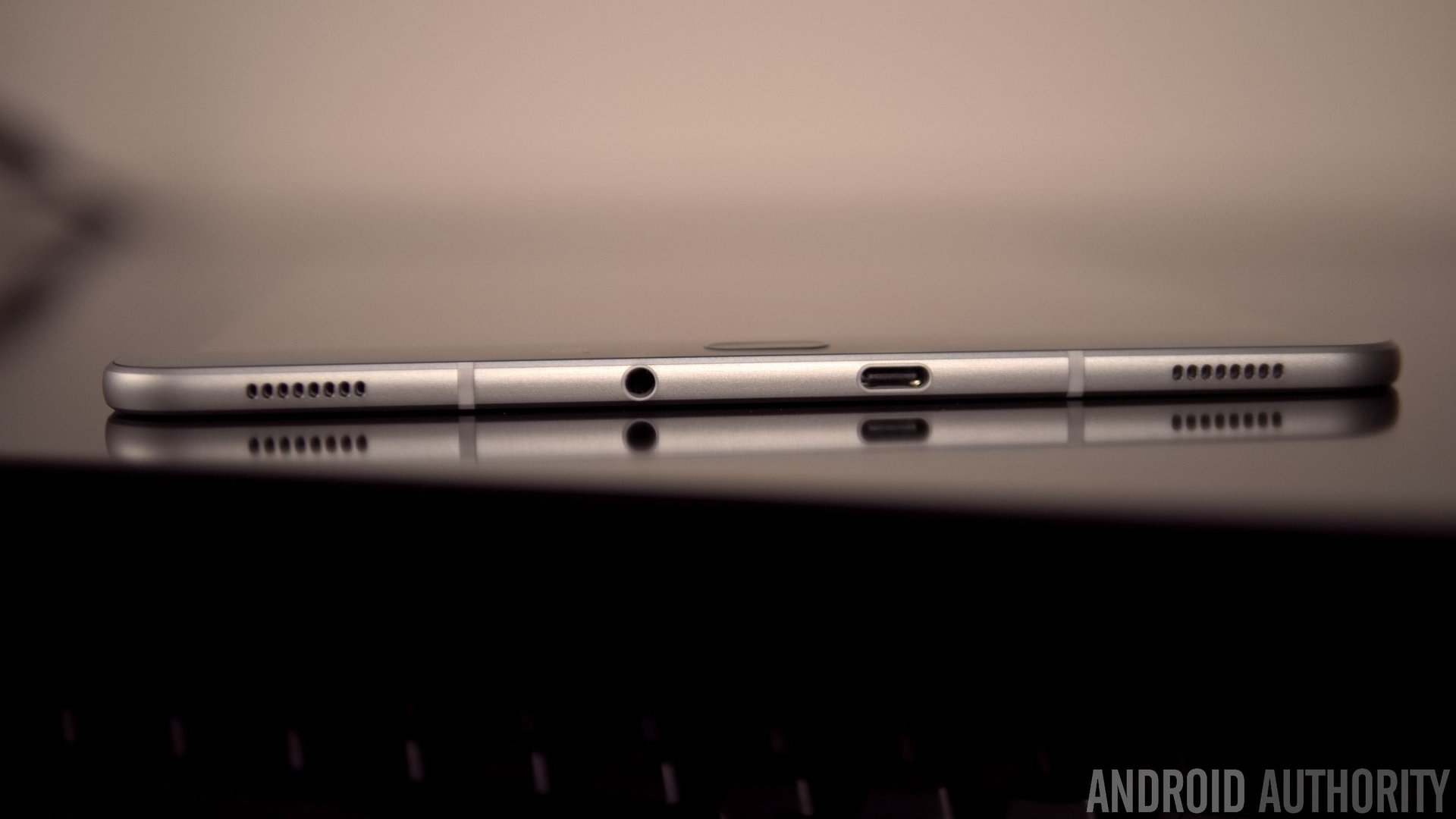
Samsung has increased the battery capacity to a 6,000 mAh cell, up from its predecessor capacity of 5,870 mAh. That’s a very miniscule upgrade, which results in barely any difference with its battery life performance on a real-world basis. It’s average to say the least, which means that it’s something that would benefit from nightly charges.
Battery life on the Tab S3 is average, to say the least
In our benchmark testing, it topped out at 6 hours and 41 minutes with web surfing – while video watching lasted a minute more at 6 hours and 42 minutes. That’s really nothing worth bragging about, since they’re very average in comparison to other devices we’ve tested. However, it’s at least speedy enough with its recharging via its fast charging technology, taking only a mere 168 minutes to fully charge. That’s impressive given the capacity we’re dealing with, as most smartphones can take nearly the same time to accomplish.
Software
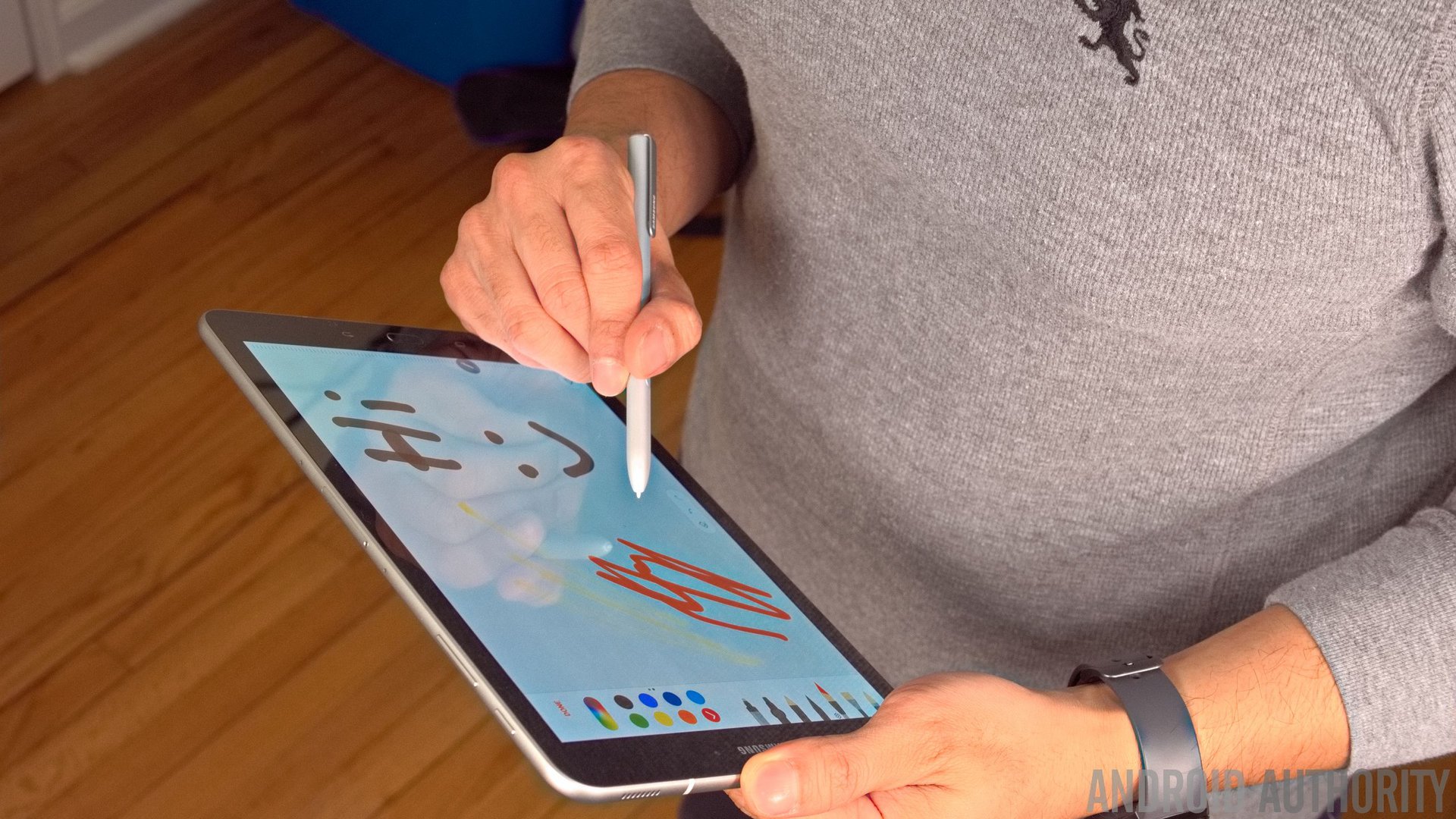
With the Tab S3 running Samsung’s custom skin on top of Android 7.0 Nougat, many of the previous TouchWiz features have gone away, being baked-in with Nougat already. Sure, the interface sports a cleaner look than before, but you can still see some of the remnants of TouchWiz. Whoever thought of having a piano tune play whenever a notification pops up probably forgot about the annoyances of those bursting bubble sounds in TouchWiz’s past.
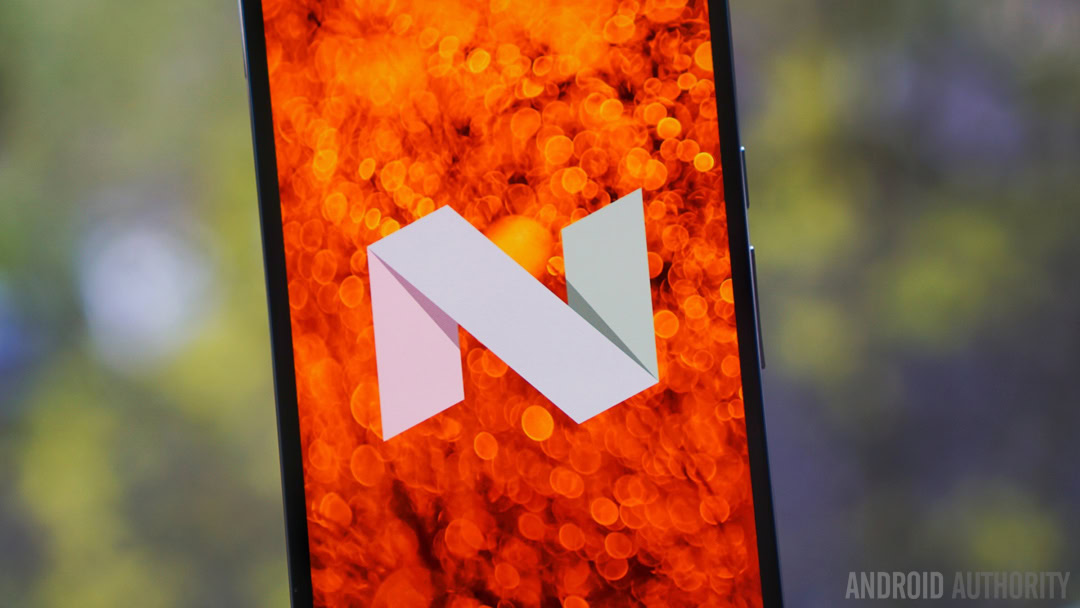
Productivity has always been a strong focus with the series, but now that Android adopted many of the features users craved with TouchWiz’s experience in the past, namely the true multi-tasking aspect, it’s no longer something we can vouch is exclusive to the tablet. Regardless, though, it’s nice being able to have two apps running side-by-side to one another, rather than being forced to flip between the two with the Recent Apps menu.
Out of the box, Samsung also preloads many of the staple Microsoft Office apps to give us even more diversity when it comes to the productivity aspect. That’s a nice gesture, of course, but nowadays nearly every tablet released has access to the same level of productivity.
Owners of Samsung’s Galaxy smartphones will be able to continue having access to certain things on their phones while using the Tab S3, thanks in part to Samsung Flow, which allows us to share files wirelessly with the phone – and even respond to message and view notifications. We actually prefer using the old SideSync app, which essentially virtualizes the phone in all of its glory on the tablet. You basically have a window that displays the contents of the phone, so you can do things like send text messages, receive phone calls, and much more!
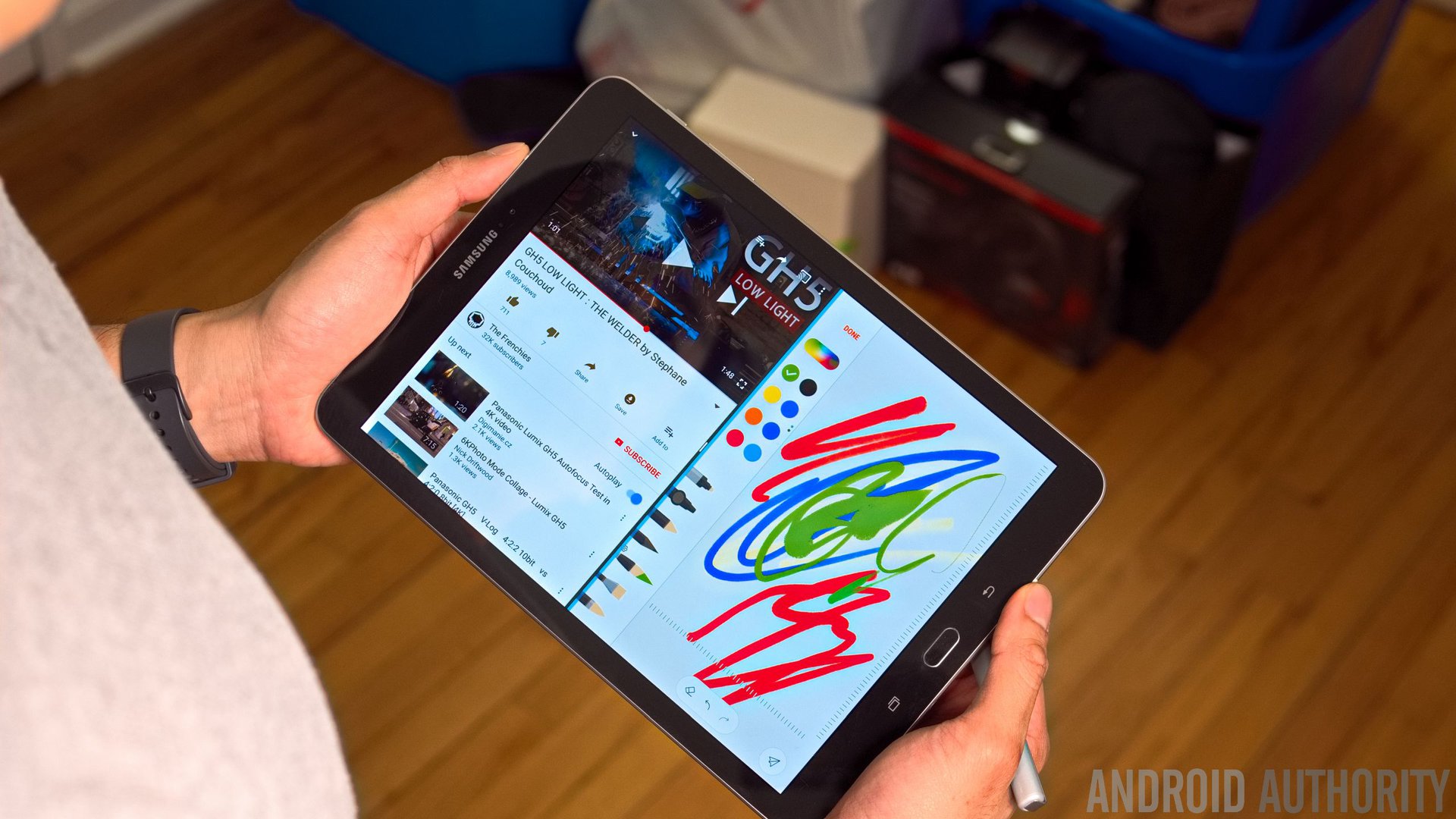
There still aren't enough tablet-optimized apps on Android yet
The biggest flaw with the software in our opinion, which is a big deal breaker when you think about it, is how the platform lacks optimized apps meant to be used on tablets. We’re not even talking about third party apps here, just because some of the native apps still don’t support landscape orientation – so it’s an annoyance that forces us to place it in portrait.
Going back to third party apps, this is the disparity that allows the iPad Pro to expose Android’s weakness. There are a handful of popular apps that still don’t properly adjust dynamically in landscape, like Instagram for example. Due to this lack of tablet optimized apps, it really doesn’t help out the tablet’s cause – making it feel like we’re dealing with a very huge phone, as opposed to a tablet. And when you consider that some Chromebooks now offer support for Android apps, it lessens the value of owning an Android tablet nowadays.
Camera
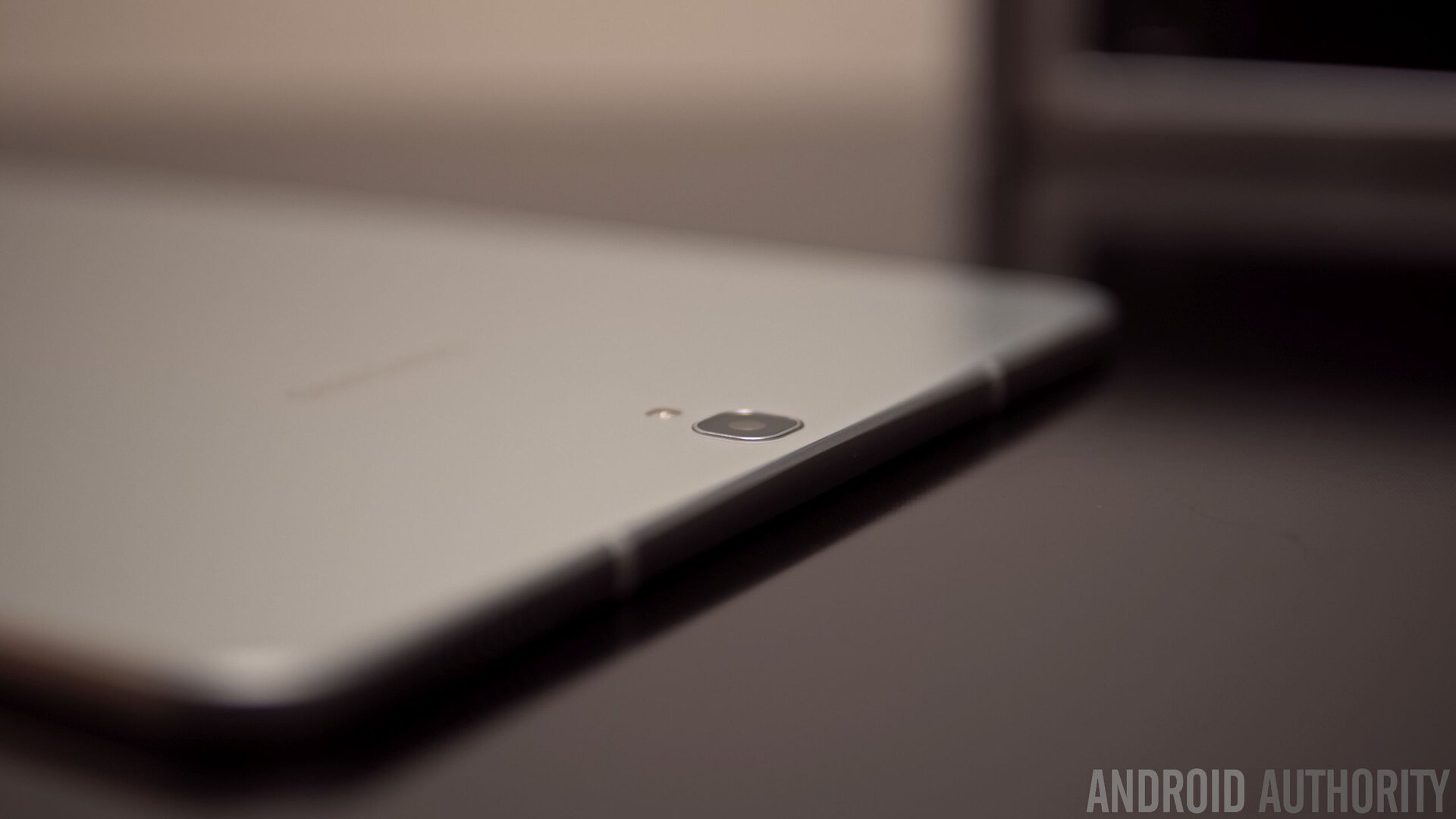
As for the cameras on the Galaxy Tab S3, there’s a 13-megapixel rear camera with LED flash and a 5-megapixel front-facing one. Unlike Samsung’s phones, there’s no quick access feature to the camera app, so double pressing on the home button doesn’t do anything. Looking into the interface, it’s nothing out the ordinary, as swiping right access some of its shooting modes – while swiping left gives us several filters to use.
The quality is pretty typical of tablets, nothing worth writing home about. The rear camera, in particular, suffices enough when the situation is ideal, but even then, details can still be spotty at times – with colors appearing a bit subdued. Under low light, the quality degrades further with splotchy looking visuals that don’t try to hide the noise that’s evident in the shots.
Video recording tops out at Full HD 1080p recording, with an option for video stabilization. Again, there’s nothing that wows us with its quality, but it’s nonetheless there for convenience, which pretty much sums up its usefulness.
Specifications
| Samsung Galaxy Tab S3 | |
|---|---|
Display | 9.7-inch AMOLED 2048 x 1536 resolution 264ppi |
Processor | Snapdragon 820 quad-core |
RAM | 4 GB |
Storage | 32 GB |
MicroSD | Yes, up to 256 GB |
Camera | Rear: 13 MP AF with f/1.9 aperture Front: 5MP with f/2.2 aperture |
Battery | 6,000 mAh Non-removable |
Connectivity | Wi-Fi 802.11 a/b/g/n/ac Wi-Fi Direct Bluetooth 4.2 LTE Cat6 (300 Mbps) USB 3.1 USB Type-C |
Software | Android 7.0 Nougat |
Dimensions and weight | 237.3 x 169.0 x 6.0 mm Wi-Fi: 429 g LTE: 434 g |
Gallery
Pricing and final thoughts
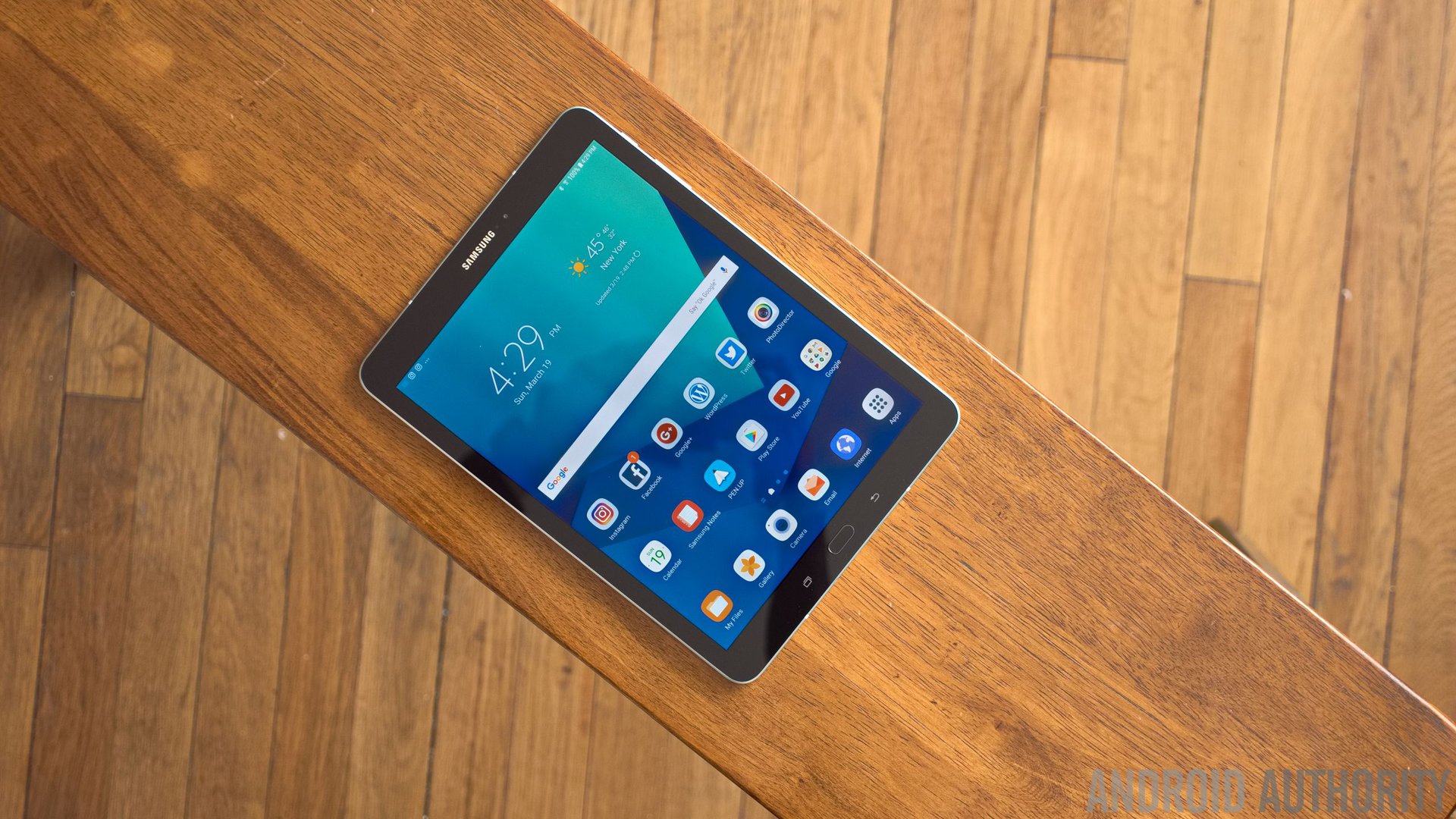
The Galaxy Tab S3 marks a crossroad for Samsung, since the tablet landscape has shifted significantly over the last few years. When you also look at what it has to compete against nowadays, it can potentially be overlooked – due to the kind of value it brings to the table with its cost. Apple’s iPad Pro is still widely regarded as the king in the tablet market, but Samsung manages to undercut its rival with the Tab S3’s starting price of $600 with 32 GB of internal storage, which of course can be supplemented with a microSD card. And that price includes the S Pen! Whereas with the iPad Pro, it’s an additional $100 for the Apple Pencil. So when it comes to price, Samsung definitely has the advantage.
Compared to the iPad Pro, Samsung definitely has the advantage when it comes to price
Besides the iPad Pro, the Tab S3 also has to worry about the numerous sub-$500 Android tablets that on the surface offers the same superficial functions as any other Android tablet. Sure, the specs look really nice with the Tab S3, which is arguably a differentiator that makes it appeal more for those who are into productivity and gaming, but it’s really tough to totally disregard these inexpensive Android tablets – moreso when the core experience is no different.
And then there are other things like Windows 10 tablets and Chromebooks. With the latter, many of them come in at a lower price, including Samsung’s own recent offerings. Additionally, many Chromebooks can download Android apps via the Google Play Store – so it’s no longer something exclusive to Android tablets. Spending more money on the other hand, you can get a full blown Windows 10 tablet, which would offer more versatility in terms of productivity.
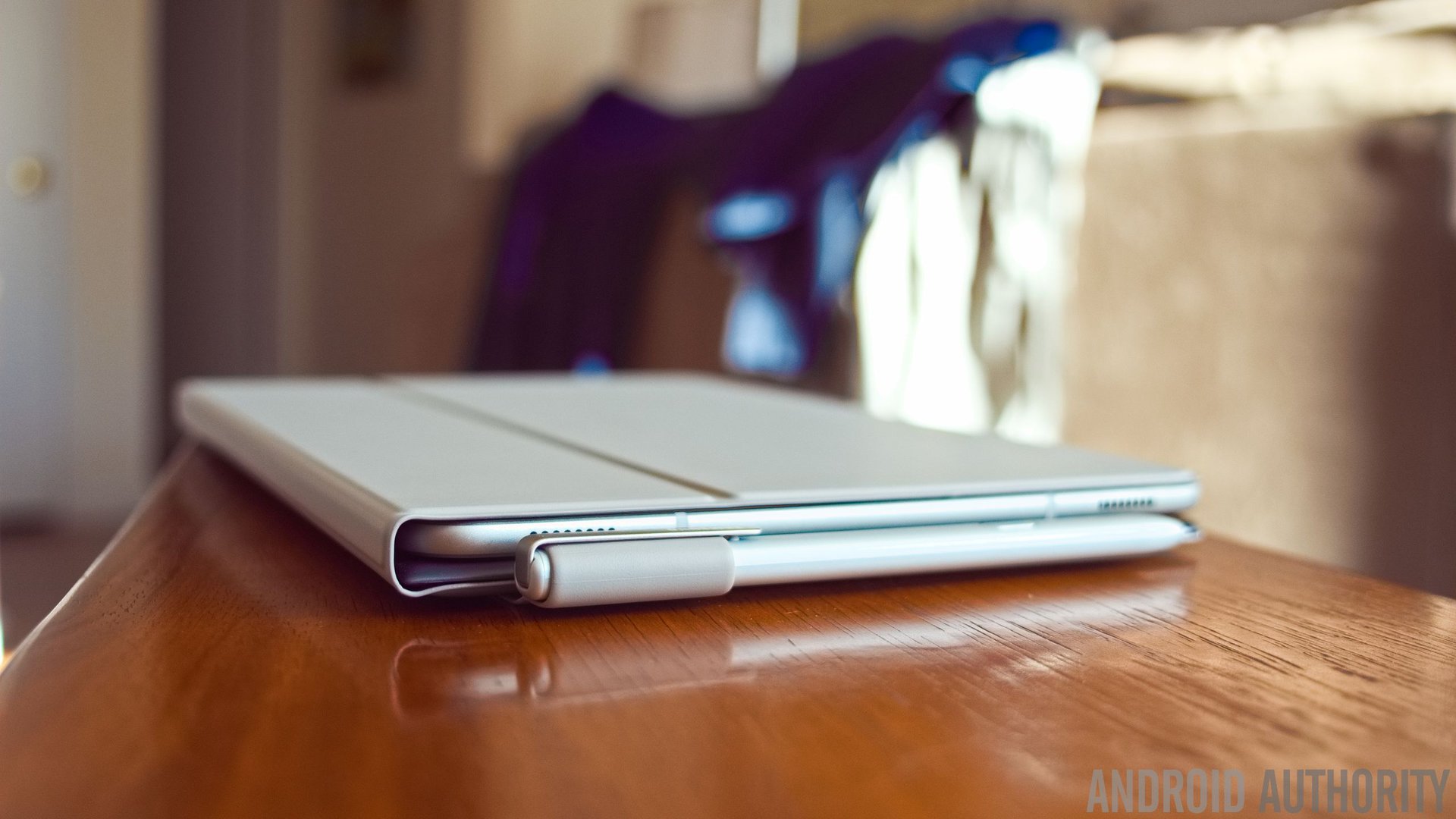
Until Android gets a proper treatment and focus on tablet-optimized apps, the Tab S3 is going to remain as a media consuming tablet first and foremost. You can enhance the Tab S3’s arsenal by purchasing the $129.99 Pogo keyboard, but at a total cost of $730, it still teeters near premium Windows 10 tablets territory. Portability is an absolute asset to the Tab S3, but it’s going to be tough convincing consumers to choose it over other options until it can be used 100% as a tablet, with real tablet optimized apps.
What are your thoughts on the Tab S3? Are you thinking of picking one up? Be sure to tell us what you think in the comments below!